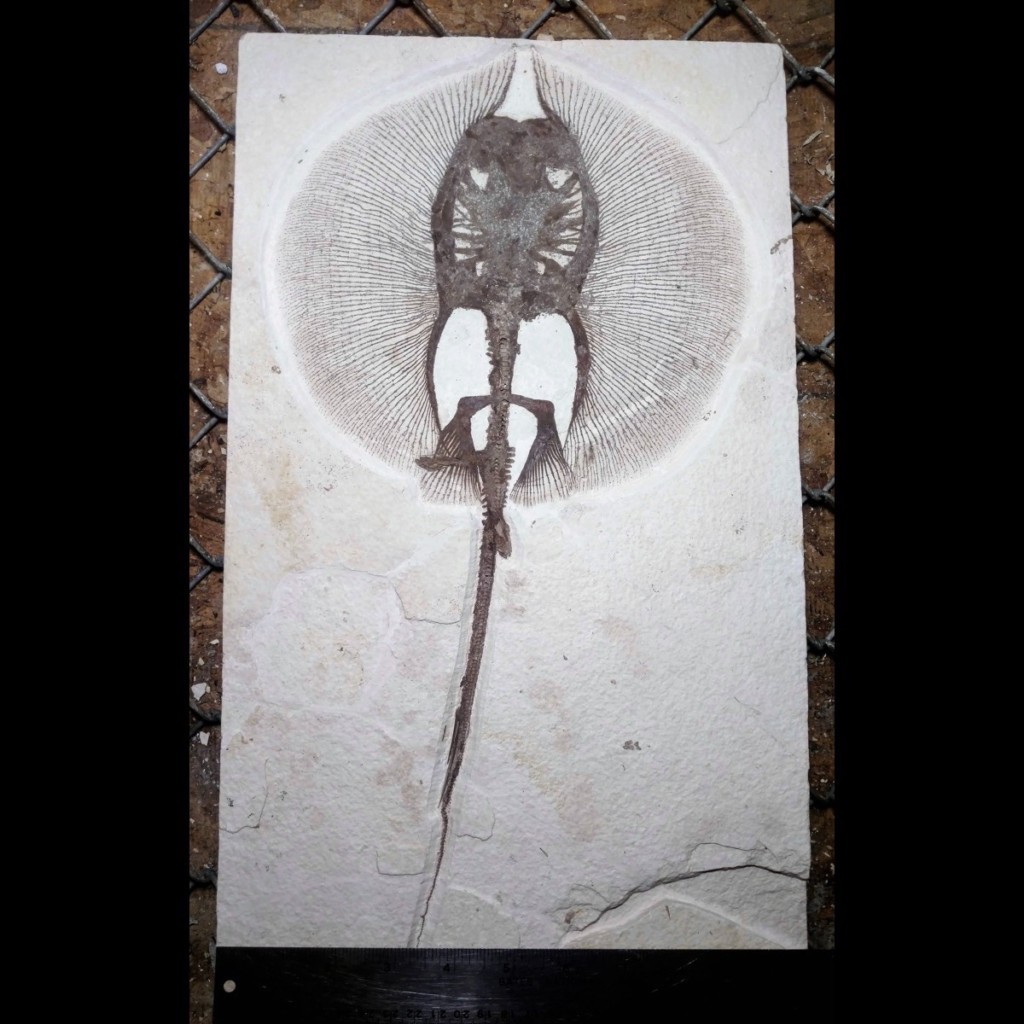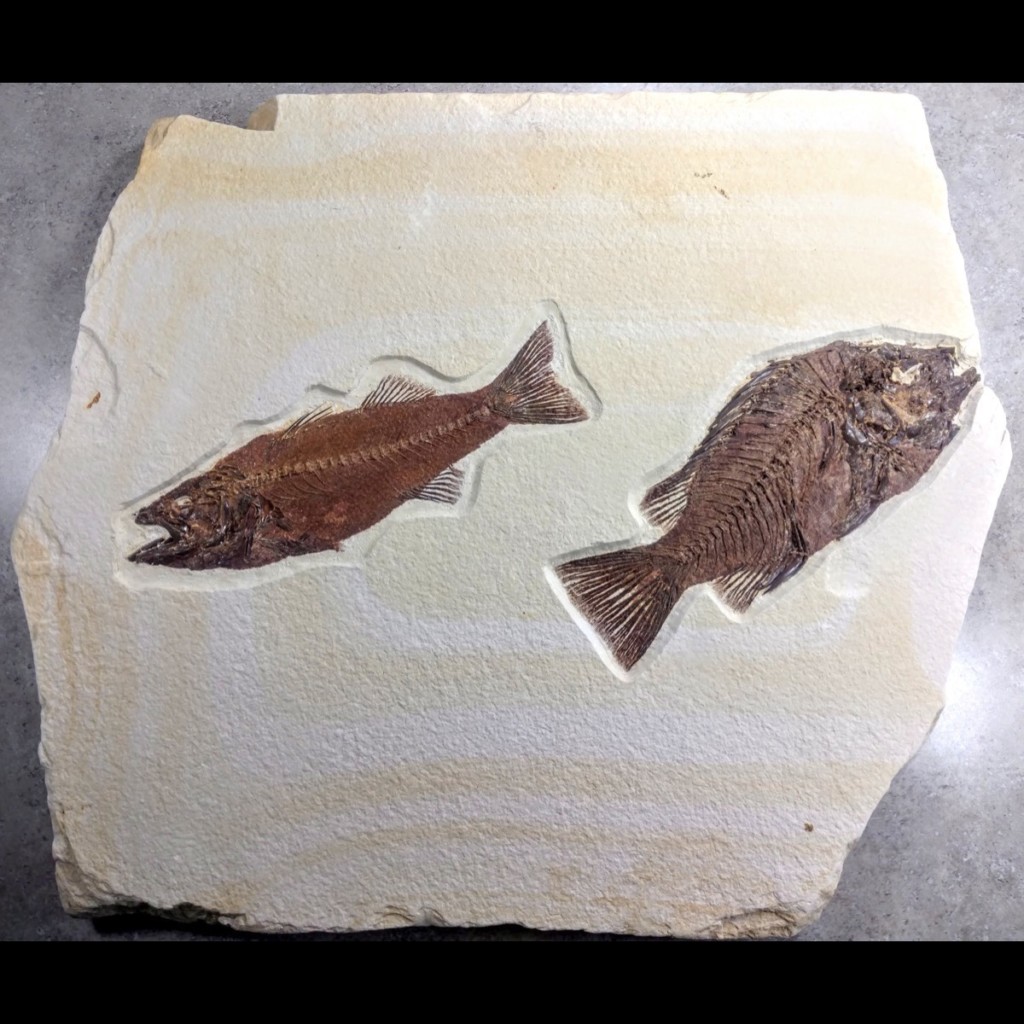Many artists at the Utah Arts Festival‘s Artist Marketplace have unique stories to relate not only about their art but also about the creative and educational path they took toward becoming artists. They include Julie Clendenen Simpson, whom marketplace coordinator Matt Jacobson says, “has a beautiful ability to create and produce handmade textiles by combining several threads. Each piece is created using natural fibers.” Another is sculptor Jared Judd, who, according to Jacobson, is “preserving past life forms and displaying them for future generations. He locates, exposes and recreates the pieces accurately for display. One piece can take 20 to 50 hours to complete.”
Each artist agreed to answer interview questions via email for The Utah Review. Their responses are featured below.

Julie Simpson, Booth 74
TUR: How have you used art media forms in helping to create an holistic body of artistic work that searches for a more complete expression of your own innermost and most powerful states of emotion, inspiration, contemplation, and self-identity?
JS: My work as a textile designer and mixed media painter fuses my fascination and love for repeated patterns and natural textures. I design and hand-weave innovative, contemporary textiles on a 10 Harness floor loom. With special attention to trending color palettes, blending different fiber combinations and drafting inventive weave structures, these elaborate accessories have a sculptural quality with multiple layers and unique textures. Weaving luxurious One of a Kind Wearable Art, allows me artistic freedom to create collections that are functional and comfortable, while maintaining design aesthetics that pursue elegance, creativity and classic craftsmanship.
TUR: What is your training as an artist? Who do you consider your most significant influences and inspirations? Do these influences shift as you progress both in your work and life?
JS: Pursuing my artistic interests, I earned my degree in Textile Design from the Rhode Island School of Design in 1991. The great Anni Albers and Eva Hesse are two dynamic artists who inspire my fiber work, along with the great Mexican painter Rufino Tamayo. Sonia Delaunay, Keith Haring, Paul Klee, Lari Pittman, M.C. Escher, Jean Dubuffet, and Georgia O’Keefe are also inspirational artists.
TUR: Do you work full-time exclusively as an artist? Or, how do you augment your work as an artist?
JS: I work full time as an artist, raising my two lovely teenagers. My studio time is divided between weaving and painting- a great combination. I also work other jobs to help support this artistic life.

TUR: Do you find it easy or difficult to start new work? And, typically, how do you prepare yourself to handle both the creative and physical demands of creating your art?
JS: It is so refreshing to begin new work.!! Most projects require hours to complete, so it is nice to work in 2 different media and mix up my creativity. I head to the pool to swim, to help offset the demands of weaving on the body; a place I refer to as my “think tank”.
TUR: With regard to participating in the Utah Arts Festival, please share your feelings about being a part of this enterprise? Have you been in other festivals and do you plan to explore other festival venues?
JS: This is my first year showing at the Utah Arts Festival! I have participated in numerous art fairs and festivals over the past 10 years including One of a Kind Show in NYC, Bellevue Arts Museum Show, Art in the Pearl, Art in the High Desert, LOCAL 14, and RAGS Wearable Art Show. I have had the opportunity to sell work to the Seattle Art Museum Gift Store and participate in the Art of Shopping at the Palm Springs Art Museum. This year I will be showing paintings at Crested Butte Arts Festival in August; and displaying textiles at the Sausalito Arts Festival over Labor Day Weekend, and Art Providence Art Show in December.

Jared Judd, Booth 9
TUR: How have you used art media forms in helping to create an holistic body of artistic work that searches for a more complete expression of your own innermost and most powerful states of emotion, inspiration, contemplation, and self-identity?
JJ: My artwork revolves around uncovering and preserving the past. I dig up and sculpt the rock off of fossils that haven’t seen the light of day in over 50 million years. This gives me a very special connection to life and death. It makes me realize the importance of living life to the fullest and appreciating every moment.
TUR: What is your training as an artist? Who do you consider your most significant influences and inspirations? Do these influences shift as you progress both in your work and life?
JJ: I was trained by my father in the art of fossil excavation and preparation. I use to spend my summers working on fossil quarries in Wyoming. My most significant influence and source of inspiration is the incredible beauty and diversity of lifeforms past and present.
 TUR: Do you work full-time exclusively as an artist? Or, how do you augment your work as an artist?
TUR: Do you work full-time exclusively as an artist? Or, how do you augment your work as an artist?
JJ: I work full time as an artist.
TUR: Do you find it easy or difficult to start new work? And, typically, how do you prepare yourself to handle both the creative and physical demands of creating your art?
JJ: It’s easy for me to start new work I’m living the dream and I love what I do.
TUR: With regard to participating in the Utah Arts Festival, please share your feelings about being a part of this enterprise? Have you been in other festivals and do you plan to explore other festival venues?
JJ: I’m super stoked to be doing the Utah Arts Festival this year. I’ve been applying for years and It’s great to finally have to opportunity to showcase my work. I’ve done several art festivals before and I’m looking forward to doing more in the future.

